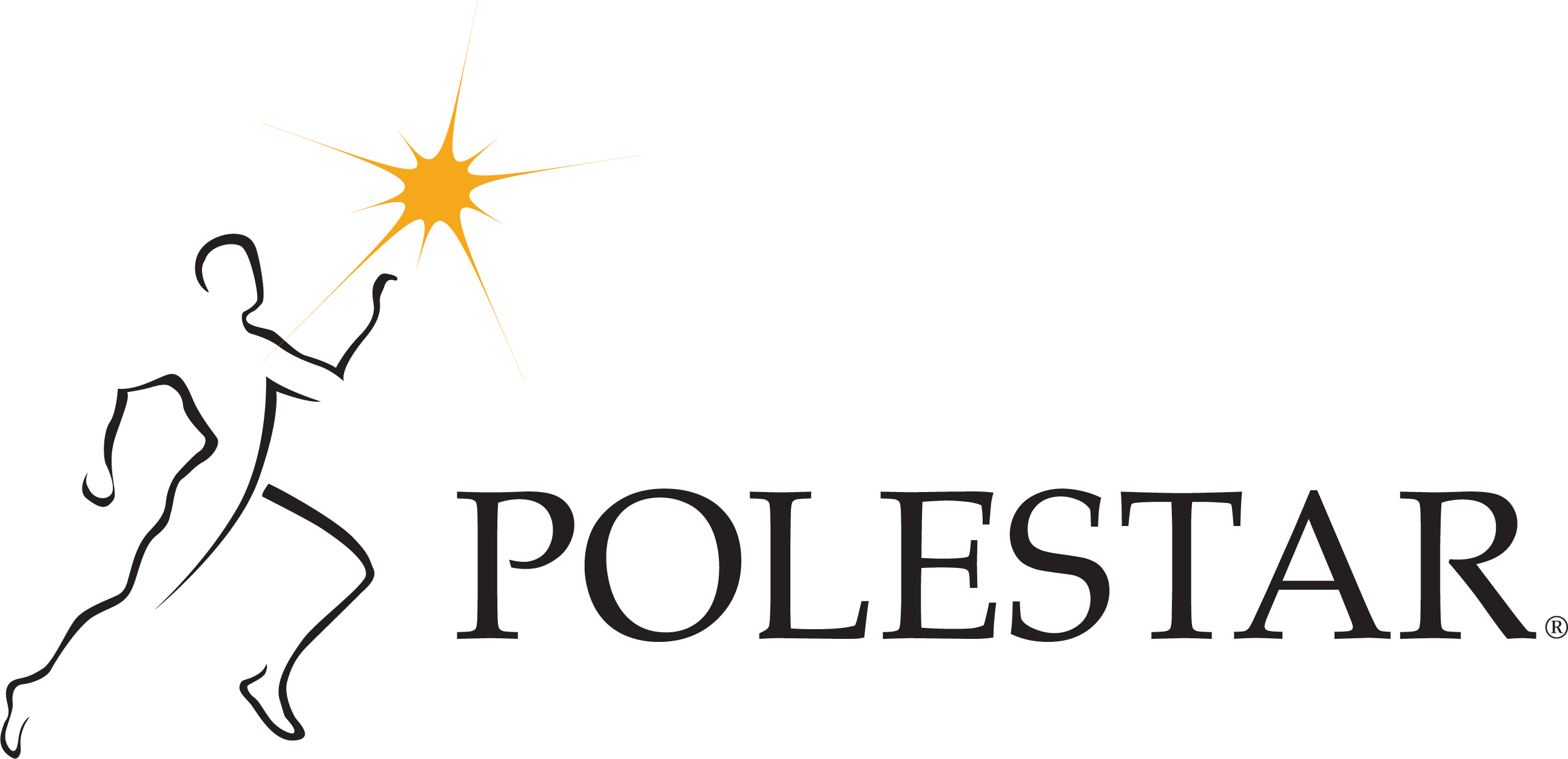
Chances are you’ve heard about fascia and its importance in the human body – But how do we take this information and apply it to our training sessions with clients? – Kate Strozak
Fascia is a connective tissue that runs continuously throughout the entire body. According to the International Congress of Fascial Research, the fascial system:
“…consists of the three-dimensional continuum of soft, collagen containing, loose and dense fibrous connective tissues that permeate the body. It incorporates elements such as adipose tissue, adventitiae and neurovascular sheaths, aponeuroses, deep and superficial fasciae, epineurium, joint capsules, ligaments, membranes, meninges, myofascial expansions, periostea, retinacula, septa, tendons, visceral fasciae, and all the intramuscular and intermuscular connective tissues including endo-/peri-/epimysium.
The fascial system surrounds, interweaves between, and interpenetrates all organs, muscles, bones and nerve fibers, endowing the body with a functional structure, and providing an environment that enables all body systems to operate in an integrated manner.”
Some in the field also propose that bone is calcified or mineralized fascia. Fascia is an important communication network in the body that communicates via photons. Its depth and function is remarkable!
Being aware of what fascia is and where it is located is a great start to incorporating our understanding of it in movement education and science.
Have you also ever wondered why continuously stretching what you think to be muscle tissue doesn’t consistently yield results in you or your clients?
Perhaps it’s not the muscles that need impacting but a fascial restriction that is producing sensations of tightness, restriction, or rigidity. How do you address this? I propose a whole body movement integration session with manual therapy, movement, or a combination of the two.
Some schools of fascial-based modalities advise long, sustained holds to facilitate fascial releases. Other modalities might advise movement-based techniques to promote tissue gliding and release. I’d recommend trying both and seeing how your client responds. Every body is different, so some people might respond better to one technique over another.
An example of a sustained hold would be a supine stretch over the ladder barrel where you can facilitate release of tissues in the front of the body by sustaining the position and breathing for 5 minutes.
The ladder barrel could be too extreme a range of motion for a client, in which case lying over a bolster, foam roller, or even on the ground might be more ideal. Make sure that your client is comfortable and isn’t feeling an extreme pull or tension anywhere. An example of a movement based fascial release could be book openings where you’re rotating into the position and rotating from the position in order to facilitate a release of tissues on the front of your body.
Fascia runs continuously throughout the depths of the human body, so how can we impact those deepest fascial tissues? As Joseph Pilates intuitively knew, breath!
Practicing 3 dimensional, natural breathing that embraces the movement of our rib cage and diaphragm is perhaps the most accessible way to influence the fascial system. Applying your breath to sustained holds or to movements will help reap more benefits from your intervention.
As one final thought on fascia and its role in movement, our tissues respond to the loads and demands we place upon it.
When we palpate and feel “tight tissue,” it might be there for a very good reason and not meant to be broken down or released. For example, our IT-bands. Our IT-bands have the tensional strength to lift a 2-ton car. In the human body, IT-bands support stability in the lower limbs and pelvis, help with knee tracking, and more. More so than releasing IT-bands, we could help people by addressing their methods of stability and their strategies for movement.
If you’re looking for more information on fascia there are great resources out there. The International Fascia Research Congress offers yearly conferences, many massage therapy modalities focus on fascial tissue, and you can find all of the latest research on fascia utilizing research databases such as pubmed.
Interested in Learning more? Try our Online Course:
Read Kate’s Blogs on the Nervous System, Healthcare and Expanding your Movement Potential
You can find Kate on instagram @katestrozak




